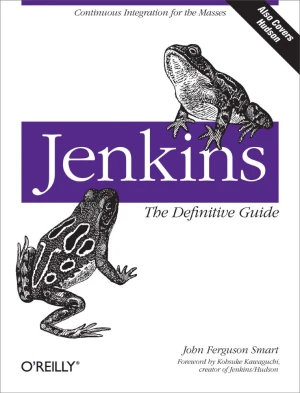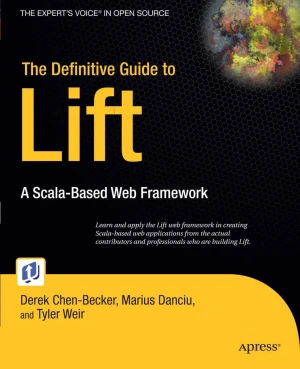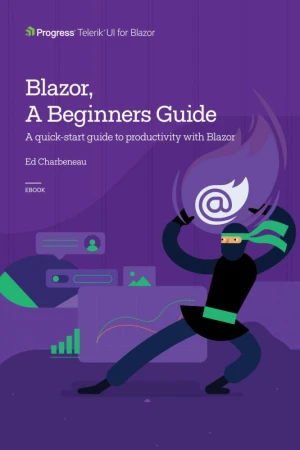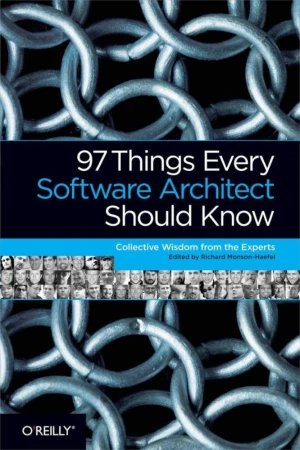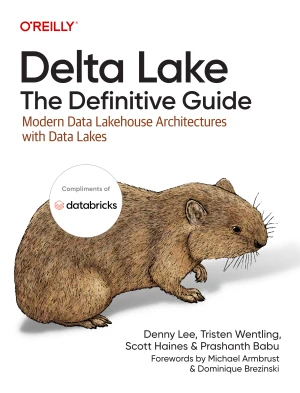Mercurial: The Definitive Guide
Modern Software for Collaboration
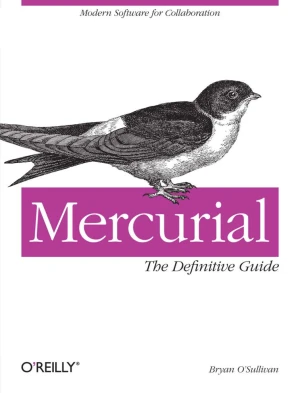
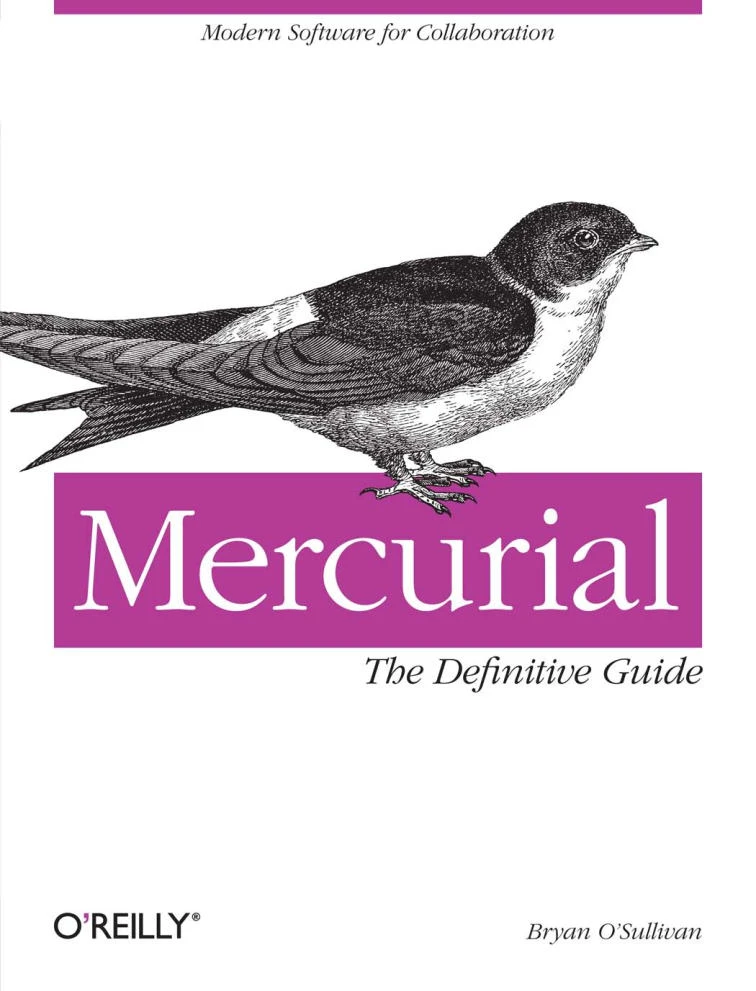
Book Details
| Author | Bryan O'Sullivan |
| Publisher | O'Reilly Media |
| Published | 2009 |
| Edition | 1st |
| Paperback | 282 pages |
| Language | English |
| ISBN-13 | 9780596800673 |
| ISBN-10 | 0596800673 |
| License | Open Access |
Book Description
This instructive book takes you step by step through ways to track, merge, and manage both open source and commercial software projects with Mercurial, using Windows, Mac OS X, Linux, Solaris, and other systems. Mercurial is the easiest system to learn when it comes to distributed revision control. And it's a very flexible tool that's ideal whether you're a lone programmer working on a small project, or part of a huge team dealing with thousands of files.
Mercurial permits a countless variety of development and collaboration methods, and this book offers several concrete suggestions to get you started. This guide will help you:
- Learn the basics of working with a repository, changesets, and revisions;
- Merge changes from separate repositories;
- Set up Mercurial to work with files on a daily basis, including which ones to track;
- Get examples and tools for setting up various workflow models;
- Manage a project that's making progress on multiple fronts at once;
- Find and fix mistakes by isolating problem sources;
- Use hooks to perform actions automatically in response to repository events;
- Customize the output of Mercurial.
This book is published as open-access, which means it is freely available to read, download, and share without restrictions.
If you enjoyed the book and would like to support the author, you can purchase a printed copy (hardcover or paperback) from official retailers.
Download and Read Links
Share this Book
[localhost]# find . -name "*Similar_Books*"
Jenkins: The Definitive Guide
Streamline software development with Jenkins, the popular Java-based open source tool that has revolutionized the way teams think about Continuous Integration (CI). This complete guide shows you how to automate your build, integration, release, and deployment processes with Jenkins - and demonstrates how CI can save you time, money, and many headac
The Definitive Guide to Lift
Lift is designed to make powerful techniques easily accessible, while keeping the overall framework simple and flexible. Lift makes it fun to develop because it lets you focus on the interesting parts of coding. For those of you have experience with other web frameworks such as Struts, Tapestry, Rails, et cetera, you must be asking yourself, "Why a
Don't Just Roll the Dice
How do you price your software? Is it art, science or magic? How much attention should you pay to your competitors? This short handbook will provide you with the theory, practical advice and case studies you need to stop yourself from reaching for the dice. Neil Davidson is co-founder of Red Gate Software. Redgate was founded in 1999 and now employ
Blazor, A Beginners Guide
Blazor, A Beginners Guide is intended for developers with some .NET experience. If you're coming from a non-.NET development background, you may learn some .NET basics along the way, but supplemental material around C# and .NET would be of great help to you. The book begins with the author's own perspective on WebAssembly, why it's important to hav
97 Things Every Software Architect Should Know
In this truly unique technical book, today's leading software architects present valuable principles on key development issues that go way beyond technology. More than four dozen architects - including Neal Ford, Michael Nygard, and Bill de hOra - offer advice for communicating with stakeholders, eliminating complexity, empowering developers, and m
Delta Lake: The Definitive Guide
Ready to simplify the process of building data lakehouses and data pipelines at scale? In this practical guide, learn how Delta Lake is helping data engineers, data scientists, and data analysts overcome key data reliability challenges with modern data engineering and management techniques. Authors Denny Lee, Tristen Wentling, Scott Haines, and Pra

